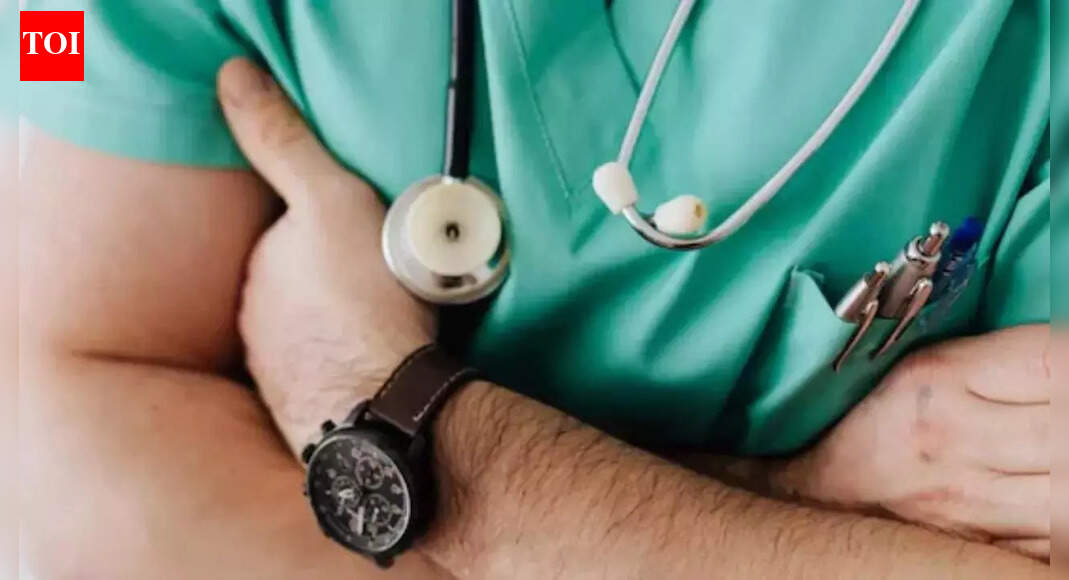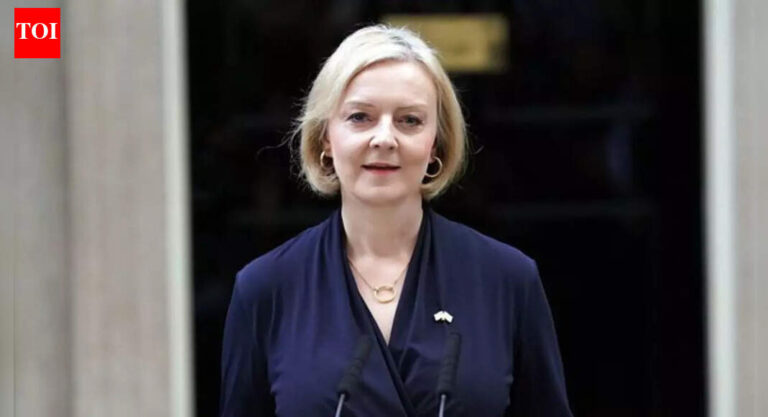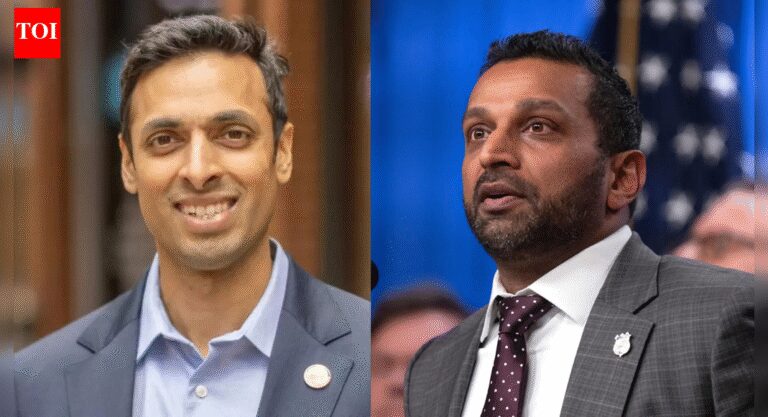
Foreign-trained physicians, who make up nearly one quarter of the United States’ medical workforce, could be forced to leave underserved communities due to skyrocketing H-1B visa fees, a historian of science has warned.Before, the hospitals had to pay approximately $5,000 to sponsor a physician’s visa to work in the United States. Now, they’d have to pay $100,000 per physician. That is a massive increase, according to Eram Alam, an associate professor and author of The Care of Foreigners: How Immigrant Physicians Changed US Healthcare. She warned that many hospitals, particularly in rural areas, cannot absorb these additional costs, which could force foreign doctors to leave. The American Medical Association has petitioned the administration to exempt physicians from the higher fees, citing their critical role in providing care to millions of Americans.Alam said immigrant doctors have become the backbone of American medicine, especially in rural areas and under-resourced urban communities. These physicians often fill gaps that American-trained doctors avoid, providing care where it is most needed, reports the Harvard Gazette She noted that immigrant physicians were invited to take up these roles because American-trained doctors generally prefer more lucrative or prestigious positions.Today, the United States has between 200,000 and 300,000 foreign-born doctors, many practising primary care or less lucrative specialties. A large share come from India, Pakistan, the Philippines, and more recently Nigeria. Many work in rural hospitals where immigrant physicians may make up 100 per cent of the medical staff.Early immigrant physicians often felt socially and culturally isolated, Alam said. Despite this, over the decades, South Asian doctors in particular have become important figures in medicine and public life, from hospital leadership roles to high-profile media personalities.Alam also said that immigrant doctors are essential to US healthcare but their home countries lose medical talent when these physicians migrate. Many are trained with local taxpayer money, creating a global shortage even as they help address the US physician gap.The United States should invest in training and producing enough doctors so that it can share medical expertise globally, rather than relying on importing physicians from abroad, according to Alam.








